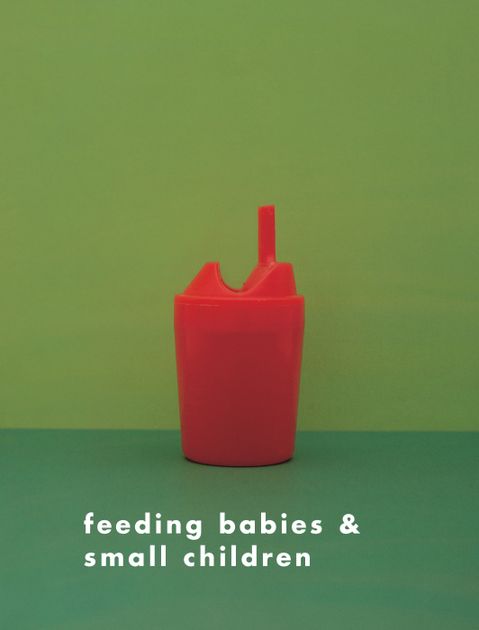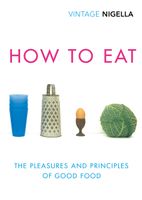Advertisement
Feeding Babies & Small Children
Appears in
Published 1998

Good Eating Starts in the cradle. Nutritionists and obstetricians would probably insist that it begins much earlier, but I am talking not so much of the food necessary for good health but the food necessary for a good life. Certainly, they sometimes overlap, and for a child they are inextricably linked. The moment a baby is put to the breast he or she learns that eating is one of the foremost pleasures of life; seeking that pleasure is also how he or she stays alive, and keeps growing.
Latter-day Puritans might think about copying the infant model. In the 1980s there was a comparative study of the eating habits of some workers in the south-west of France and a group of, to use a serviceable but tellingly passé term, health nuts in California. The French ate enormous amounts of red meat and butter and even drank brandy with their breakfasts. But they enjoyed it. The San Franciscans ate few saturated fats, no meat, a lot of alfalfa sprouts, and worried constantly about whether they were eating correctly, whether they had absorbed the right balance of vitamins and nutrients. They were careful to take supplements where they thought necessary. The incidence of heart disease among the Californians was much higher than among the south-western French. It was concluded (I can only believe the scientists in question were French) that a major contributing factor was the anxiety that accompanied the Americans’ eating. Since that study some scientists have made other claims about the health-giving properties of red wine. The discrepancy between the sort of diet some Americans feel is a sinful and self-destructive preparation for cardiac arrest, and the low incidence of heart disease in France, has since become known as the French Paradox.

